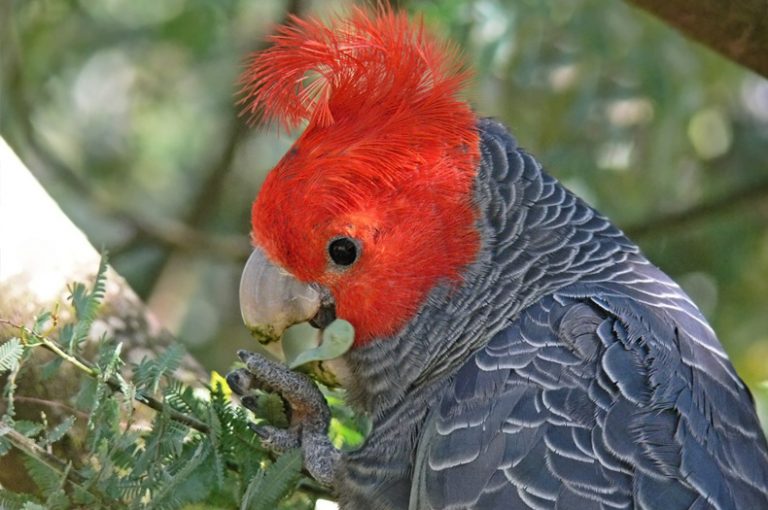
Microbats, Pygmy Possums, Squirrel Gliders and Gang-gang Cockatoos are some of the animals that are starting to benefit from the strange holes appearing in dead trees across parts of the Southern Highlands.
The artificial hollows are being formed as part of our Wall to Wollondilly (W2W) project, to create much needed new homes for threatened and common species in the region.
The Southern Highlands Shale Woodlands, known to support a diverse range of native wildlife, are under serious threat. Since European settlement they have been significantly altered due to intensive land clearing, introduction of invasive weeds, inappropriate fire regimes and the removal of fallen timber and dead standing trees.
“Many of Australia’s wildlife depends on tree hollows for survival, using them as nesting sites, shelters and protection from predators. Natural hollows can take up to 100 years to form. Sadly, it is these large, statuesque trees that are the very ones that are being lost at a significant rate,” says Greening Australia local project officer, Nathan Green.
“By creating artificial hollows in dead or alive trees we can support short, medium and long-term habitat needs.”
Local Arborists, All Scale Tree Services, works to make sure the old trees are safe and stable before drilling one or more hollows into the trunk. Both dead standing and fallen trees are used.

“People see a dead tree and they just see it as a liability, but these dead trees still provide vital habitat for many years. An important part of our work is raising awareness and showing people that these trees are still a beautiful and useful part of the landscape,” says Mr Green.
“Artificial hollows create high quality, supplementary habitat that complements our on-ground work. We are effectively using hollows in other areas too such as Western Sydney, where we have created over fifty hollows across private properties to provide habitat for species including Red-rumped Parrots, Pardalotes and Feathertail Gliders.”
In addition to establishing artificial hollows, W2W is engaging the local community and landholders along the Wingecarribee River to revegetate and conserve land, control woody weeds, and improve water quality. The river serves as a major corridor linking the coastal cliffs with the Central Tablelands and contains a healthy population of Platypus.
“Collaborating and involving the local community in projects like these that improve habitat and landscape connectivity is not only rewarding but critical for the survival of our native wildlife.”
W2W is funded and supported by the NSW Environmental Trust Bush Connect Program.
This story was originally run on Greening Australia’s website on 22 March 2018.



 Article
Article